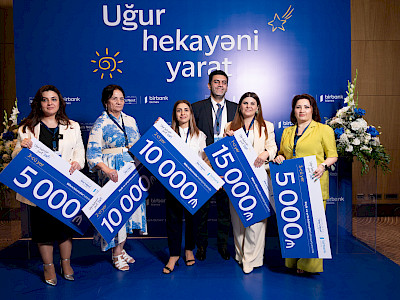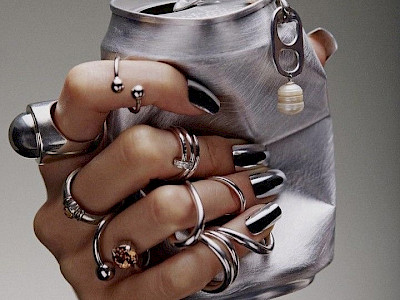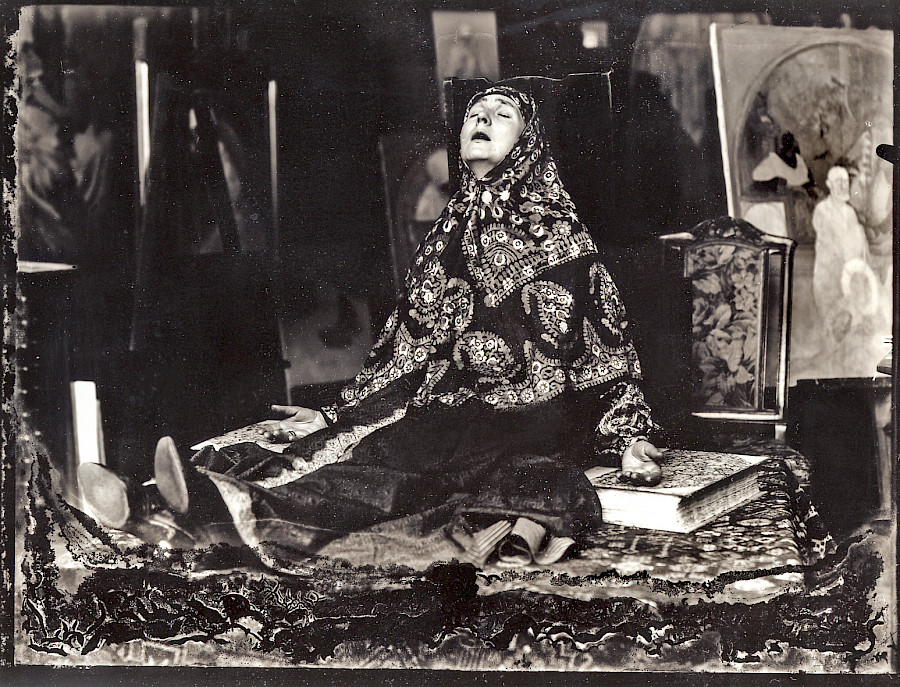
On 23rd October 2015 I was rushing to Jonas Kaufmann’s Nessun Dorma concert in Prague Municipal House. I came to Prague especially for this event. I wore bascal shawl “Kelaghayi”, which I created myself in kelaghayi-maker Abbasali’s workshop couple months earlier. That day it played a symbolical role, and you will see why. I will start by saying that before the concert I went to Mucha Museum – famous Czech artist, whose name is connected with a whole artistic current – Art Nouveau. To my surprise on one of his works I found… Azerbaijan national shawl kelaghayi.
The subject seemed to me quite curious. The painting’s name is “Star” (other names are “Winter Night”, “Siberia”) and belongs to works from the “Russian cycle”. A Slavic woman’s head is covered with kelaghayi! Which means, that the artist either saw Russian women with such shawls during his trip to Russia in 1913, or he bought one as a souvenir in Moscow or Saint Petersburg thinking that this shawl is from Slavic culture. The fact that Alphonse Mucha had kelaghayi is confirmed by the photo of his wife Marie made in 1923. On the photo, from which the painting was drawn later, can be clearly seen the ornaments of headscarf and it leaves no doubts, that this is an Azerbaijani kelaghayi.
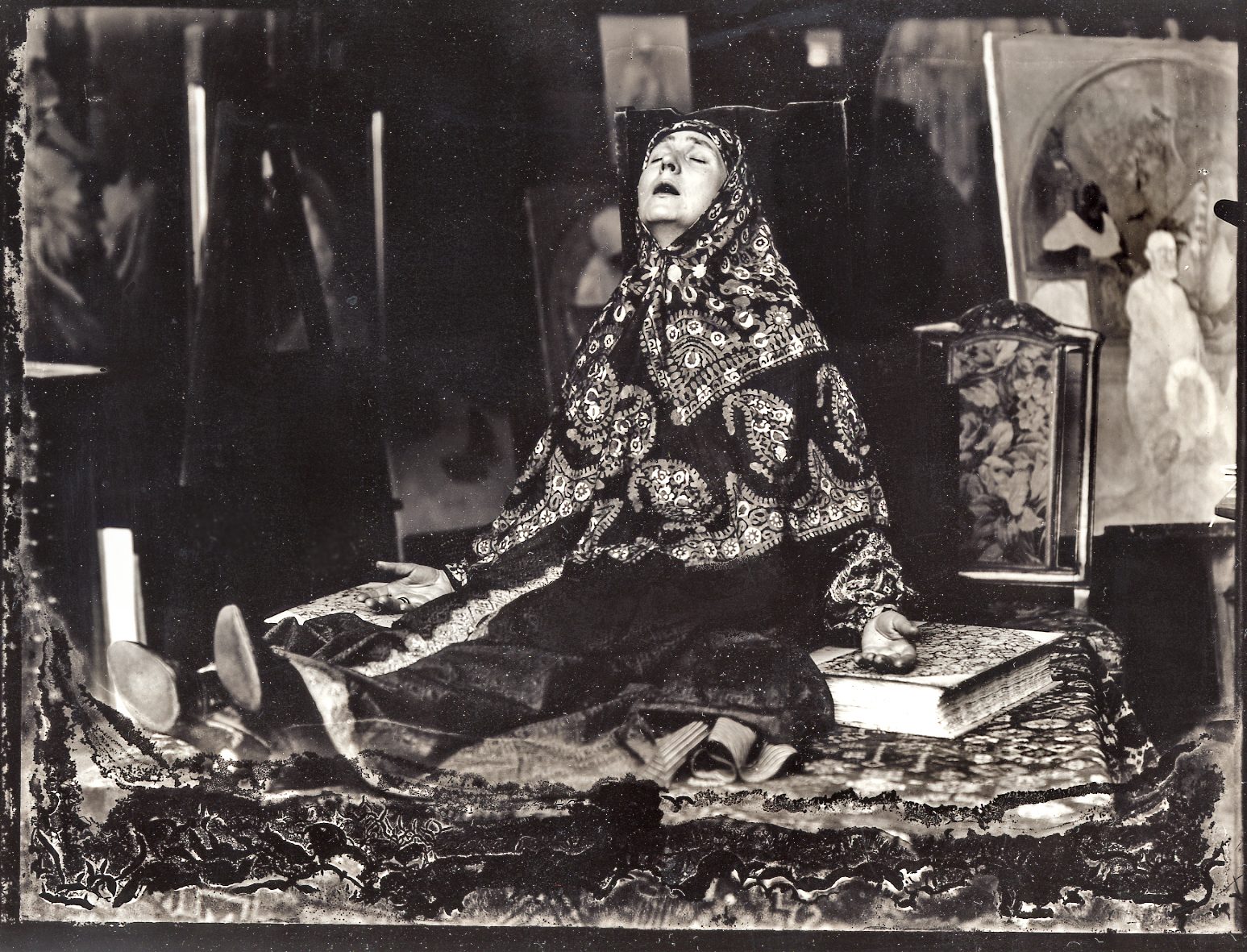
© Copyrighted by The Mucha Trust, 2016
Alphonse Mucha became famous thanks to his posters to the shows of actress Sarah Bernhardt. He was a talented jewelry and poster designer who had many commercial orders for advertizing and design of various goods. For a long time his most monumental works were not so popular. Until recently the fact that Mucha was a Slavophile artist with big ambitions who decided to imprint history of Slavs in his works was known only to art critics. During period from 1910 to 1928 he created "The Slav epic" - a series of the monumental panels consisting of 20 paintings with sizes reaching 6 by 8 meters. The artist outlined in them the most significant events in the history of the Slavic people. Considering imperial Russia an epitomy of all Slavic, in the 1913 Mucha went to Russia hoping to meet closer with the history and the culture of this country. However there he was disappointed from the seen poverty and significant backwardness of Russia from Europe. In his canvas "Bolsheviks Russia" (today it is preferred to be called "Star" or "Russia"), written ten years later, the artist expressed all the pain and despair of the Russian people suffering from hunger in the Volga region, in territories under the Bolsheviks power. The star is a hope for a miracle, what a desperate, freezing alone woman prays for, but the chances to survive are small as she was already noticed by a pack of wolves.
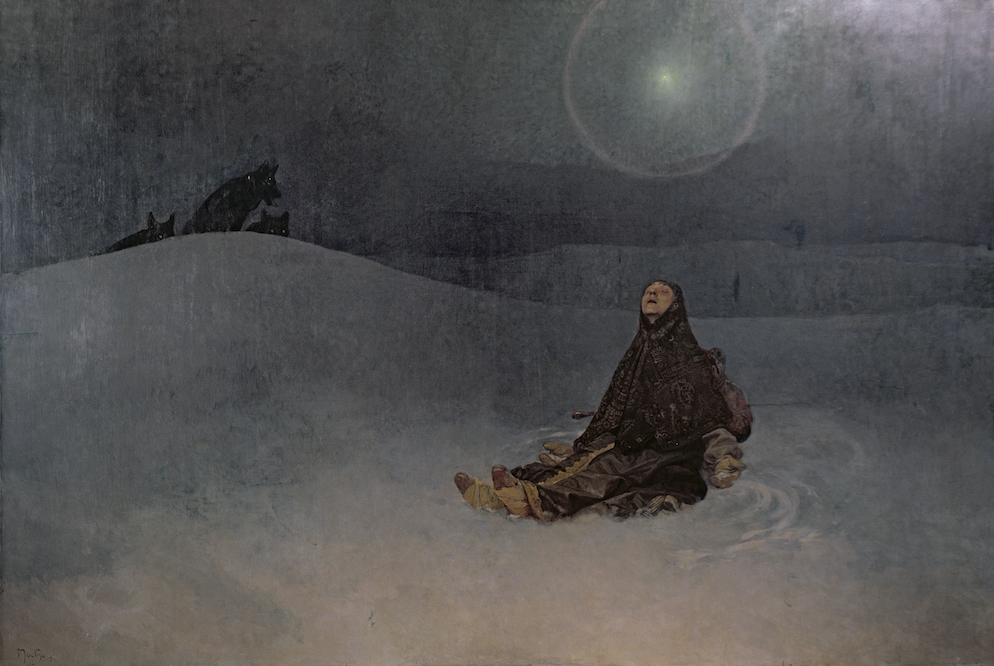
© Copyrighted by The Mucha Trust, 2016
For a very long time I tried to find an explanation for how the Azerbaijani national scarf appeared in a picture of the Czech artist: I talked with art critics in Azerbaijan, who were not familiar with this painting of Alphonse Mucha, and with specialists in Alphones Mucha's art in Czech Republic and France. Search brought me to artist's descendant John Mucha — the director of Alphonse Mucha Fund for whom this fact, however, was also unknown before. Unfortunately, descendants did not find this kelaghayi shawl! Shirin Melikova, the director of the Azerbaijan Carpet Museum helped a little to get to the bottom of this mystery. According to her version, kelaghai was probably bought in Moscow, in Surozhsky shopping rows near the Red Square, where in those days among other goods, were selling silk fabrics from Shaki. I also told about the discovery to Rena Ibragimbekova, the author of the kelaghai concept, who with her spouse Jalil Tariverdiev restored almost lost traditions of kelaghayi manufacture in Bascal. Following their advice, and with the permission of John Mucha, in 2016 I included information and a reproduction of Alphonse Mucha’s painting in the card of a special family route "Beauty in Details" of the project Milli Irsimiz for the Azerbaijani National Museum of Art. This route became a part of the educational program of the museum for the “Azerbaijan through Millennium” exhibition, the exposition of which contains several Kelaghayi.
I decided to date a release of article for Kelaghai day celebration – on November 26. Exactly this day, two years ago "Traditional art and symbolism of Kelaghayi, making and wearing women’s silk headscarves " were included into the Lists of Intangible Cultural Heritage of UNESCO.
Only by chance November 26 coincided with my trip around regions. Today I am just between Bascal and Shaki – two remained centers of production of a Kelaghayi in Azerbaijan!

